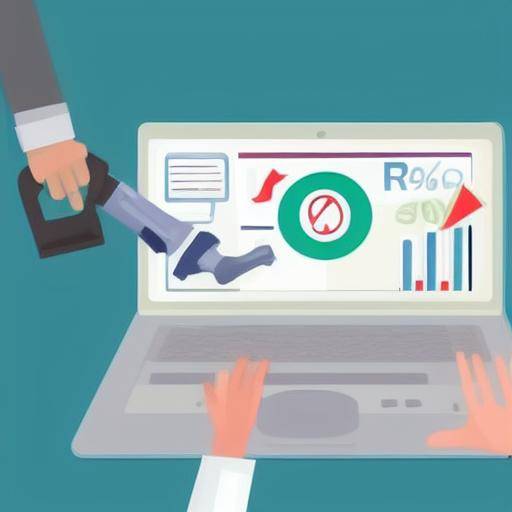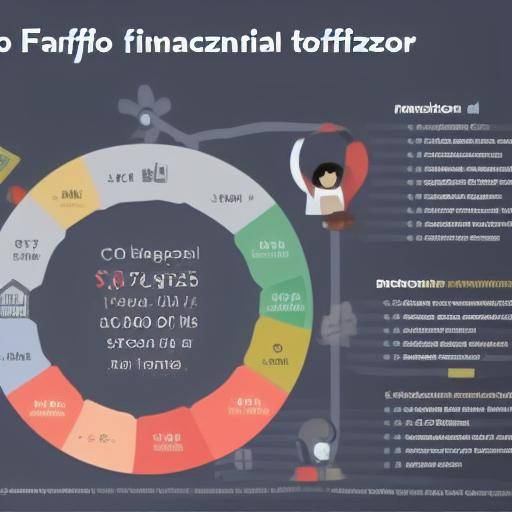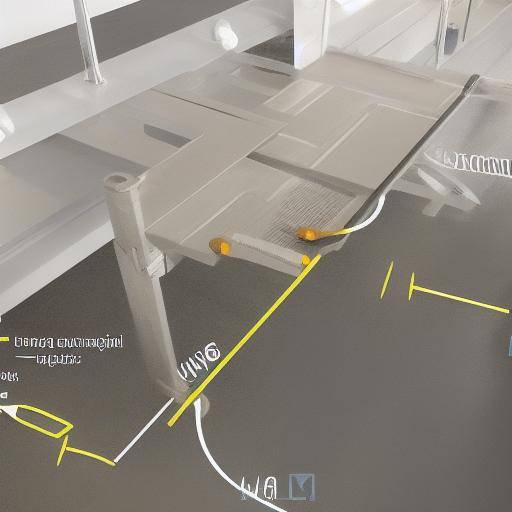
Introduction
Physical exercise is not only beneficial to health, but can also provide a positive impact on your personal finances. In this article, we will explore how regular exercise practice can be an investment in your physical and financial well-being. You will discover how to adopt an active lifestyle can save you money in the short and long term, while improving your quality of life. From the history and benefits of exercise to its influence on personal financial administration and health, you will get a deep understanding of the intersection between exercise, savings and integral well-being.
History and Background
Physical exercise has been an integral part of human life since ancient times. In ancient cultures, physical activity was associated with vitality, strength and longevity. Over the centuries, exercise has evolved from physical work activities to structured forms of fitness and sports. The appearance of gyms, personal trainers and specialized programs has marked a significant change in the way we approach exercise in modern life.
The relationship between exercise and savings has gained relevance in personal finances due to its direct impact on health. Medical costs can represent a significant burden for people who do not keep healthy habits, while those who regularly exercise tend to save on long-term medical expenses. This change in mentality towards an active life has been reflected in the growing awareness of the importance of physical and financial well-being.
Analysis in Deep
Benefits of Exercise and Saving
One of the ways that exercise can save you money is by reducing medical costs. Studies have shown that people who maintain an active lifestyle are less likely to develop chronic diseases, resulting in lower costs in long-term medical treatments and medicines. In addition, exercise can increase productivity and performance, which can generate additional income opportunities.
Current Challenges and Trends
Although exercise can provide long-term financial benefits, some people face challenges in maintaining a regular physical activity routine due to time or resource constraints. However, the trend towards the adoption of healthy lifestyles is on the rise, with a greater emphasis on the importance of taking care of both physical and financial health. The emergence of fitness applications, corporate welfare programs and active communities has facilitated access to exercise for a wide range of people.
Comprehensive review
Practices and Best Practices
Including exercise as part of a comprehensive personal finance plan may require careful planning. Establish realistic goals, incorporate cost-effective physical activities and explore free or low-cost options are some of the best practices that can maximize financial benefits for the exercise.
Comparative analysis
We consistently compare the benefits of exercise for health and savings with personal finance practices. Both aspects share the need for long-term commitment, discipline and vision. By adopting a proactive mentality towards personal exercise and finance, general well-being can be significantly improved.
Practical Tips and Accessible Orientation
Steps to Integrate Exercise into Personal Finance
- Find free or low-cost physical activities, such as outdoor walks, home exercise or yoga online.
- Use physical activity tracking applications to monitor your progress and set realistic goals.
- Consider investing in a personal trainer or fitness program that fits your budget, providing guidance and professional support.
Conclusions and FAQs
Conclusion
Exercise is not only an investment in your health but also in your personal finances. By adopting a proactive approach to active life, you can enjoy long-term financial benefits while improving your overall well-being. The key is to integrate exercise as an essential component of your personal finances, recognizing your positive impact on health and in your pocket.
Frequently asked questions
1. What kind of exercise is more beneficial for long-term medical cost savings?
Cardiovascular exercise, such as running, swimming or cycling, has shown significant positive impacts on cardiovascular health, which in turn reduces the risk of chronic diseases and long-term associated medical costs.
2. Is it necessary to join a gym to get the financial benefits of exercise?
It's not essential. There are numerous free or low-cost forms of exercise, such as walking, running, exercising at home or participating in outdoor activities that provide equally significant health and savings benefits.
3. How can I remain financially responsible for investing in physical activities?
It is important to set a clear budget for your physical activities and look for options that match your financial goals. Finding offers, economic membership programs and community options can help you maintain the balance between well-being and financial responsibility.
4. Does insurance companies value commitment to exercise when calculating premiums?
Some insurance companies may offer additional discounts or benefits to those insured who demonstrate a commitment to an active lifestyle. It is advisable to consult with your insurance company to know the options available.
5. What is the relationship between long-term financial planning and regular exercise?
Both long-term financial planning and regular exercise require discipline, patience and focus on objectives. Integrating both practices can strengthen your physical and financial well-being over time.
6. Is there a limiting age to start benefiting from an active lifestyle in terms of financial savings?
No, it's never too late to adopt an active lifestyle. Even small changes in exercise habits can have significant benefits for both health and finance, regardless of age.
With these frequent questions, we hope to have provided a comprehensive insight into the relationship between exercise, savings and the importance of general well-being. By integrating an active life into your personal finances, you can experience a positive impact that goes beyond physical and financial. Encourage yourself to take advantage of the benefits of an active lifestyle that helps you save money and enjoy a full life!
In short, exercise can complement your personal finances by reducing long-term medical costs, increasing your productivity and improving your quality of life. By adopting a proactive approach to exercise within your financial approach, you can reap long-term benefits that transcend the purely physical. Start investing in your physical and financial well-being today!
This concludes our exploration of how exercise can save you money and we hope to have provided valuable information that inspires you to take steps towards a healthier and financially sound approach to life.
Remember, exercise can be the key to a full life and a solid financial future!
This article was made possible through collaboration with personal finance experts, health consultants and professional athletes who shared their knowledge and experiences to enrich our insights.
Thank you for accompanying us on this adventure to an active and financially healthy life!
With this article, we meet the objective of providing detailed and useful information on the relationship between exercise and savings, providing practical advice, in-depth analysis and a comprehensive vision that will benefit our readers.






















































